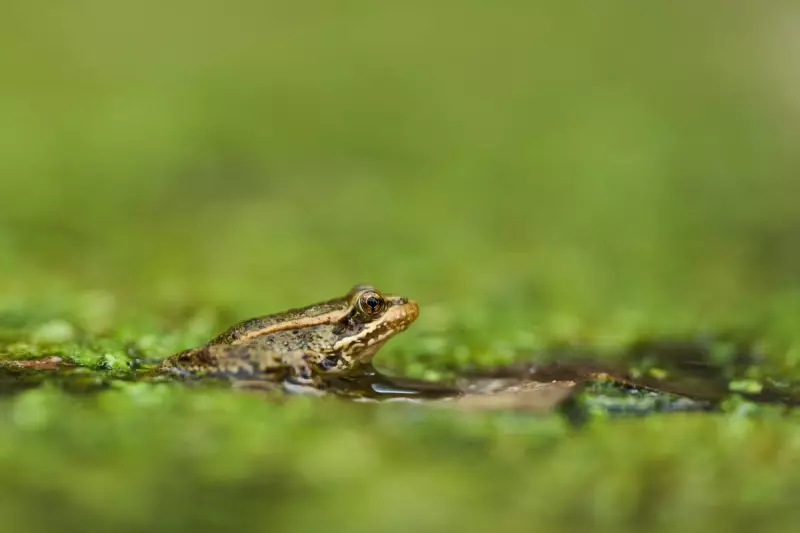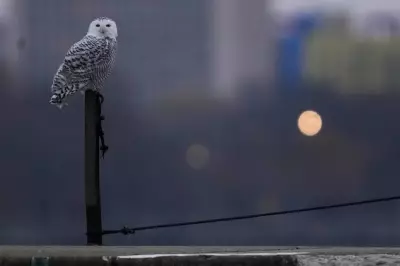
In a stunning conservation triumph, the iconic California red-legged frog has been successfully returned to its native Sierra Nevada habitat, two decades after vanishing from the region entirely. This ambitious reintroduction programme marks a significant milestone in the fight to restore a species immortalised in Mark Twain's famous short story.
The historic effort, spearheaded by a coalition of conservation groups including the San Francisco Zoo, has seen hundreds of froglets carefully released into carefully selected ponds within the Sierra Nevada mountains. This momentous homecoming follows years of meticulous planning and breeding programmes aimed at reviving a population once decimated by habitat loss and non-native predators.
A Species on the Brink
The California red-legged frog, the official state amphibian, suffered a catastrophic population collapse over the past century. Once thriving from Mendocino County down to Baja California, its numbers plummeted due to urban development, pollution, and the introduction of invasive species like the American bullfrog.
By the early 2000s, the species had disappeared from nearly 70% of its historic range. Its absence from the Sierra Nevada, a region central to its survival, represented a critical blow to the ecosystem.
The Road to Recovery
The successful reintroduction is the culmination of a multi-phase strategy:
- Captive Breeding: Experts at the San Francisco Zoo and other facilities established secure breeding populations to produce a sustainable number of frogs for release.
- Habitat Restoration: Key sites were meticulously prepared, ensuring ideal water quality, vegetation, and protection from invasive species.
- Scientific Monitoring: Released frogs are being closely tracked to assess their adaptation, breeding success, and overall health in the wild.
Early signs are profoundly encouraging. Researchers have already observed the reintroduced frogs exhibiting natural behaviours, including successful breeding and the production of new egg masses—a clear indicator that the population is establishing itself.
Ecological Ripple Effects
The return of this key species is expected to have a positive cascading effect on the entire local ecosystem. As both predator and prey, the red-legged frog plays a vital role in maintaining ecological balance, controlling insect populations and providing a food source for other native wildlife.
This project stands as a powerful testament to what coordinated, science-driven conservation can achieve. It offers a beacon of hope for other endangered species worldwide and underscores the possibility of reversing even the most severe wildlife declines.





